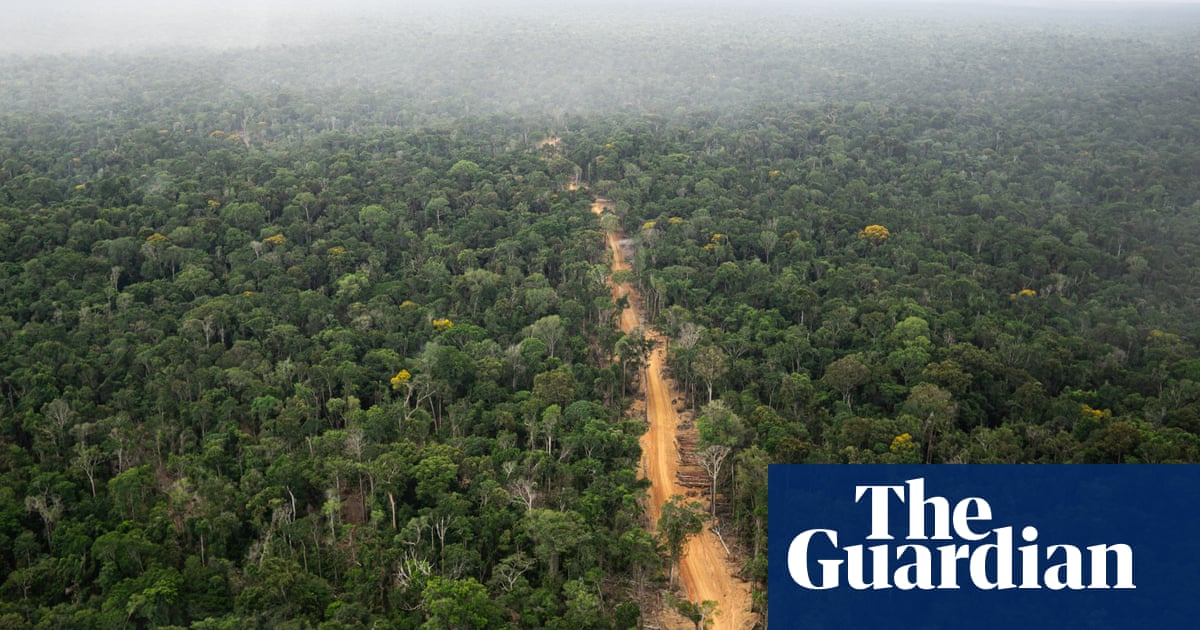Five of the world’s biggest banks are “greenwashing” their role in the destruction of the Amazon, according to a report that indicates that their environmental and social guidelines fail to cover more than 70% of the rainforest.
The institutions are alleged to have provided billions of dollars of finance to oil and gas companies involved in projects that are impacting the Amazon, destabilising the climate or impinging on the land and livelihoods of Indigenous peoples.
The banks say they follow ethical policies that help to protect intact forests, biodiversity hotspots, indigenous territories and nature reserves. However, the investigation says it has found geographical and technical limitations on their ability to monitor and achieve these stated goals.



This is the best summary I could come up with:
The institutions are alleged to have provided billions of dollars of finance to oil and gas companies involved in projects that are impacting the Amazon, destabilising the climate or impinging on the land and livelihoods of Indigenous peoples.
The analysis found that on average, 71% of the Amazon is not effectively protected by the five banks’ risk management policies for climate change, biodiversity, forest cover, and Indigenous peoples’ and local communities’ rights.
At one end of the spectrum is JPMorgan Chase, whose biodiversity protections, the report’s authors say, apply only to Unesco world heritage sites that cover just 2% of the Amazon and are, in any case, unlikely to be considered for oil and gas exploration.
Last year, it was the number one financier of oil and gas in the Amazon and extended 99% of transactions in the form of syndicated bonds, the report says, which means these deals would not necessarily have been subjected to enhanced ESG screening.
Bank of America referred the Guardian to its environmental and social risk policy framework, which notes “enhanced due diligence for transactions in which the majority use of proceeds is attributed to identified activities that may negatively impact an area used by or traditionally claimed by an indigenous community”.
We are also actively involved in several industry initiatives to protect the region and work proactively with clients, as well as other banks, governments, regulators and other institutions to help improve practices, recognising this is a highly complex challenge that requires a multifaceted, multilateral response.”
The original article contains 1,559 words, the summary contains 252 words. Saved 84%. I’m a bot and I’m open source!